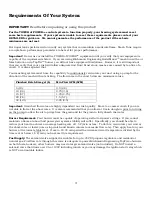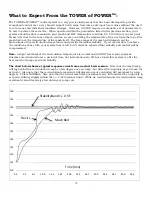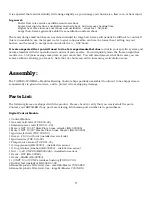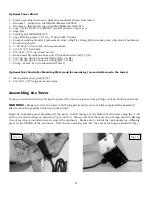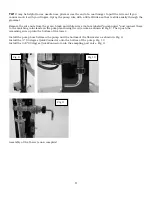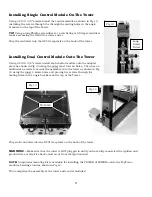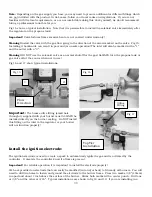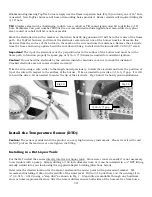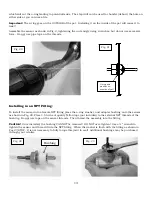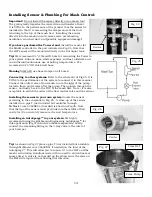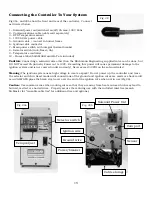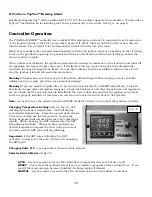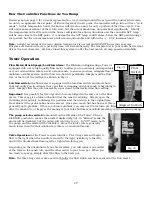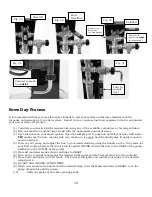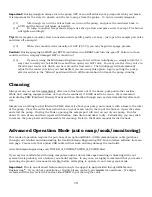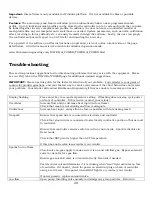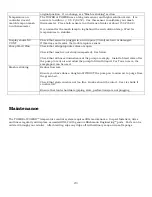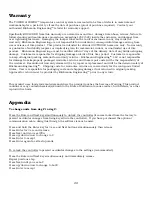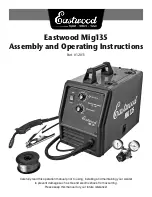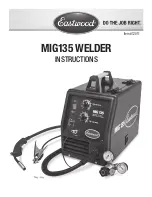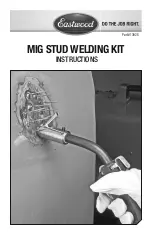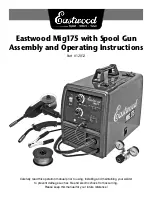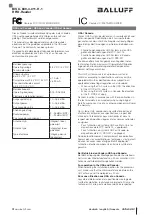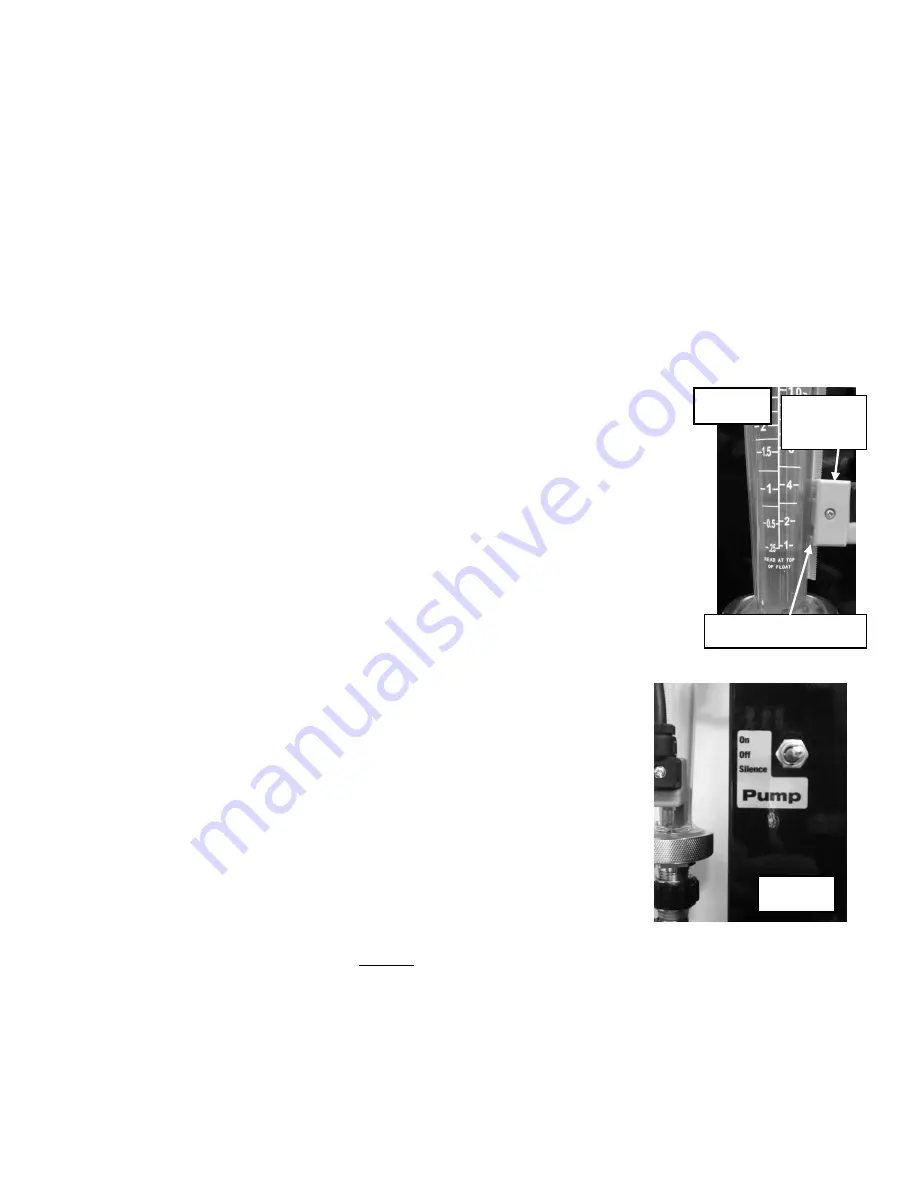
17
How The Controller Functions As You Ramp:
Review graph on page 4 for a visual representation. As you ramp toward the set point the burner will remain
on until you approach the set point. Within a degree of the set point, the controller will go into a 30 sec “cycle
mode”. In this temperature band, the burner will remain on only for only a portion of the 30 sec cycle. You
will notice some overshoot of the return wort, but the actual mash does not overshoot significantly. Shortly,
the temperature will settle out and the burner will ignite for shorter durations and the controller ACT temp
will be very close to the SET point. It is normal for the ACT temp to drift above/below the SET point during a
rest period, but the actual mash temp will remain quite stable and within the +/- 0.5 F tolerance band.
Note:
A slight overshoot of the recirculation temperature is normal and will NOT harm your enzymes.
Enzymes are denatured over a period of time, not instantaneously. The temperature in your mash bed is what
drives the wort character. We have tuned this system to offer the best match of ramp speed and stability.
Tower Operation
Flow Meter/Stuck Sparge/Low Flow Alarm:
The Blichmann Engineering
tm
Tower is
equipped with a very high quality flow meter to allow you to accurately and repeatably
set your recirculation rate to avoid a stuck mash, to ensure you have adequate flow to
maintain a stable system, and for batch-to-batch repeatability. Simply read the flow
rate at the top of the red float as shown in Fig 31.
Low flow switch:
the flow meter is equipped with a low-flow switch and alarm horn
that will notify you in advance that your flow is dropping and your mash is beginning to
stick. Simply slide the switch assembly up or down to the desired low flow setting.
Important:
It is possible for bits of grain to become lodged in the valve or in the flow
meter. This may give a false indication that the mash is sticking. Simply open the
throttling valve quickly to dislodge the particles and then return to the original flow.
Re-evaluate if the problem has been resolved. Once your mash bed has been set this is
generally not a problem. If this is a chronic problem, you may need to install a pre-filter
after the mash tun, or improve the sealing of your false bottom or manifold assembly to reduce grain passage.
The pump selector switch
is mounted on the RH side of the Tower. It has a
SILENCE position to silence the alarm if desired (Fig 32). In “Silence” mode the
alarm will be disabled, but the pump will continue to run. In “Off” mode, both
the pump and the alarm will be disabled. Since the lauter rate is generally
much lower than the recirculation rate this is a convenient feature.
Valve Operation
for the Tower is quite intuitive. The 3 way valve will begin to
flow to the right when the handle is moved to the right, (similarly to the left),
and will be blocked from flowing left or right when facing you.
Depending on the orientation of your brew system, you will connect one outlet
of the valve to the mash tun, and the other outlet to your brew pot. When you
are ready to sparge, simply divert the flow to the brew pot.
Note:
The three way valve is also used to throttle the flow which can be measured at the flow meter.
Flow
Switch
Fig. 31
Fig. 32
Align at bottom

